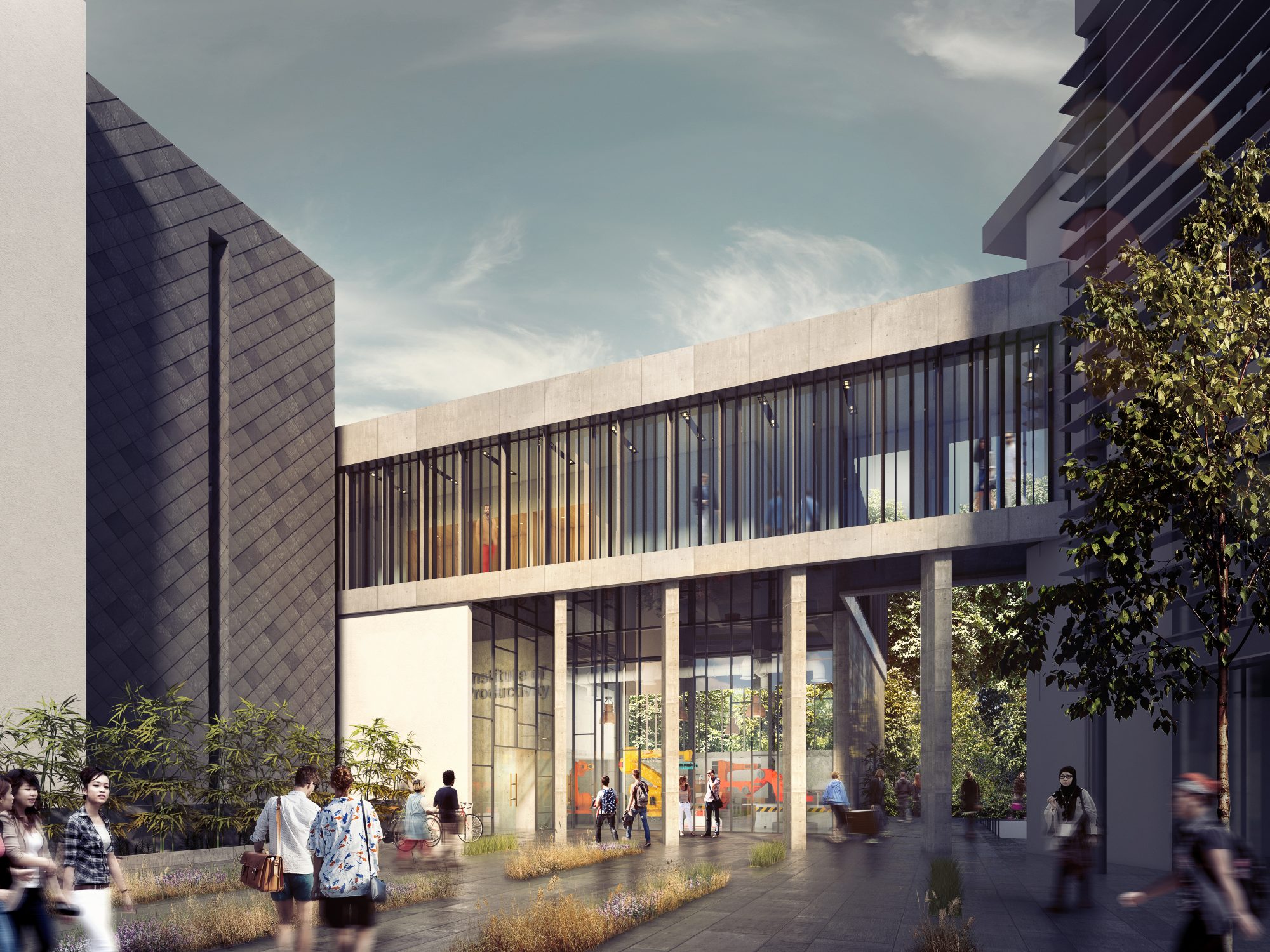

FBM Architects were appointed to conduct Stage 3 design of a new academic building, following on from a successful Stage 1-2 feasibility study. The new building to be utilised by both the University and local industry partners for the development of research into advanced engineering techniques. Similar centres are located across the UK, where they have served to expand research capabilities, boost education and employment, and forge relationships between third level institutions and local enterprise.
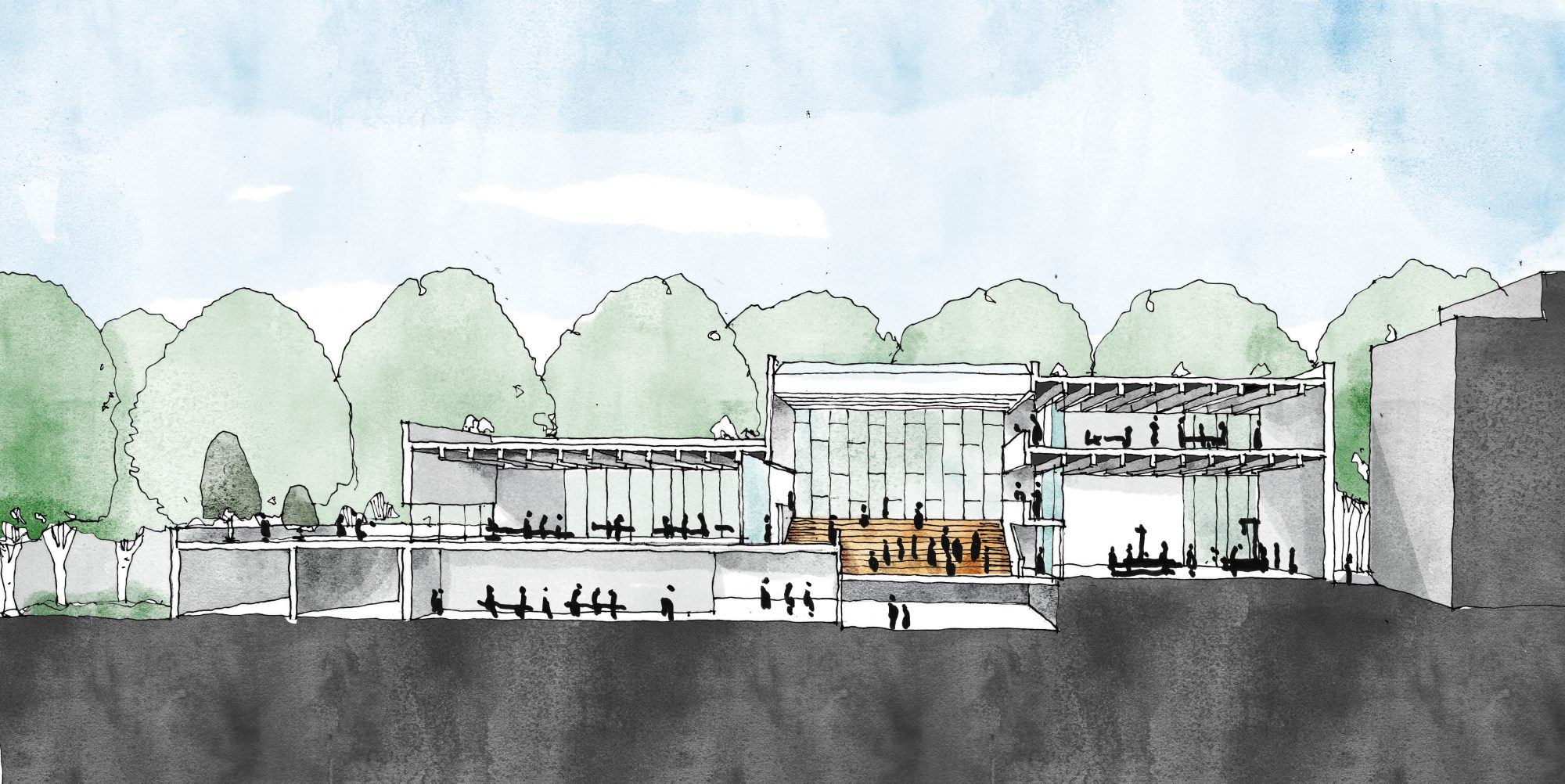
Set within beautiful parkland campus, the new building will focus on additive and subtractive manufacturing techniques. Designated research areas include robotics, mechatronics, additive metal manufacturing, CNC milling, and 3D printing. As such, large workshop-type spaces form the core of the project brief. These will be supported by a centrally-located social learning space that promotes collaboration and cross-over between the various disciplines. A key client requirement was the integration of the new building with the academic buildings that bound it – a new science faculty building to the south and an academic teaching centre to the east. Mediating the various ground conditions and neighbouring floor levels necessitated a split-level design that has enabled a certain permeability and transparency between the workshops and circulation spaces. The new building propagates an image of engineering as a highly-advanced and attractive course of study, showcasing the work of the ‘visible engineer’ is key to achieving this goal.
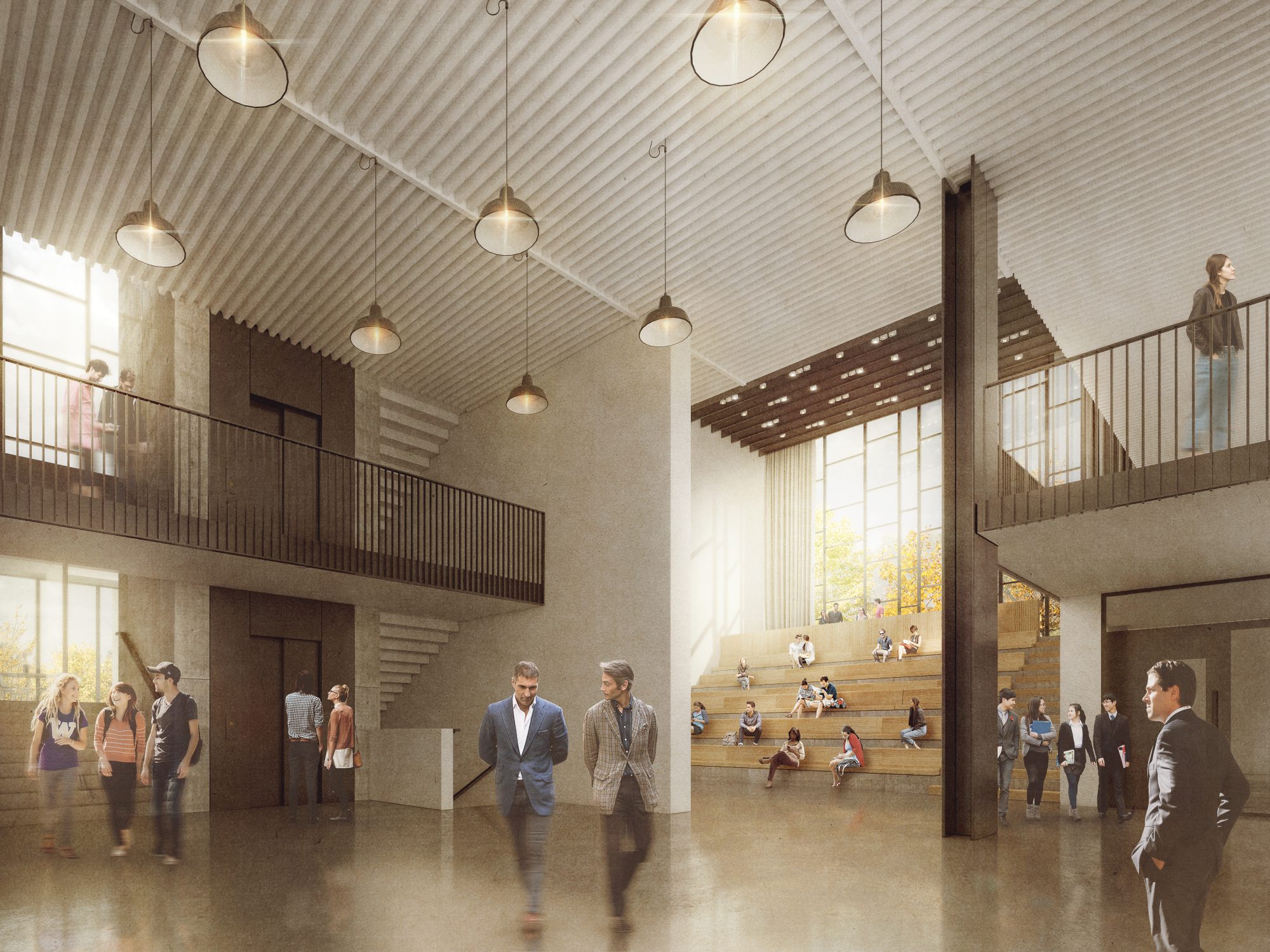
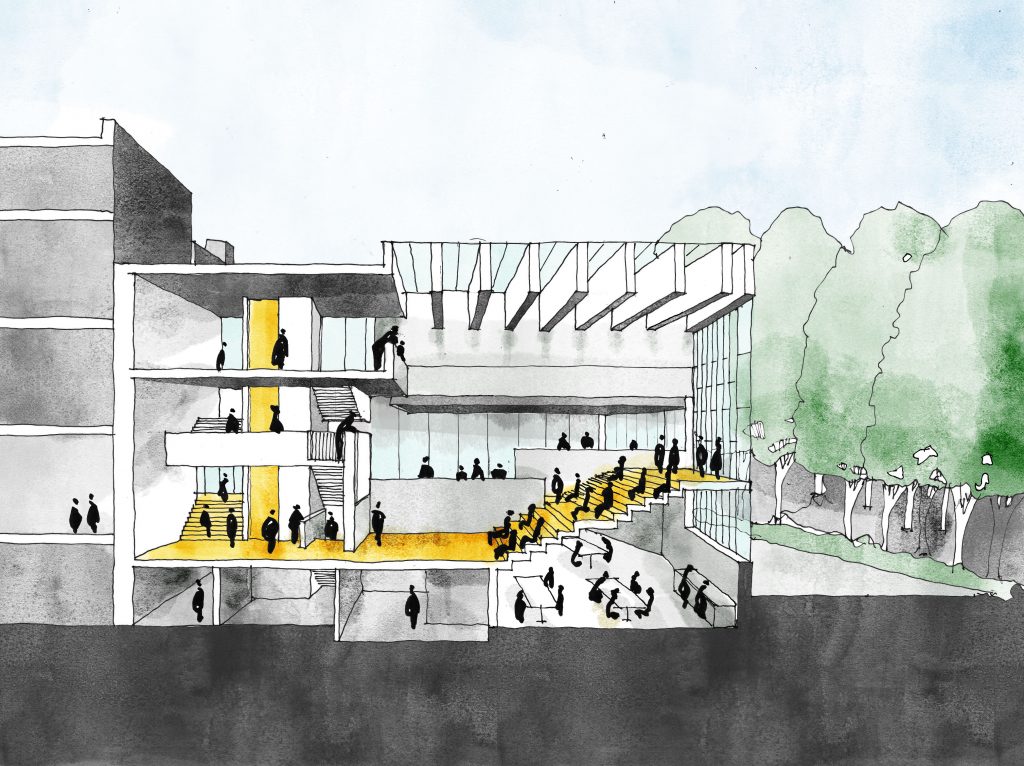
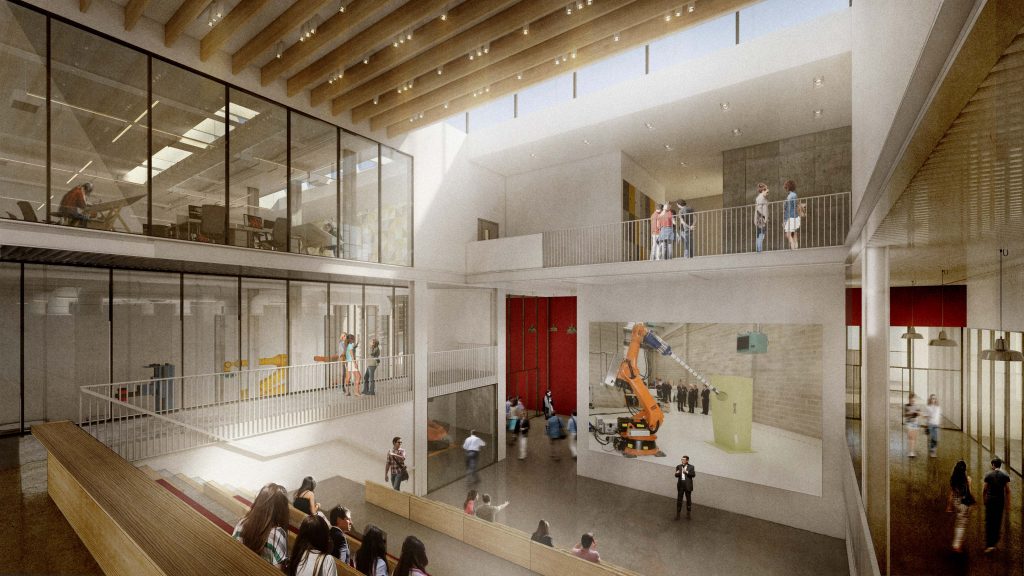
Type of project: Education / Research
Architect: Fraser Brown MacKenna Architects
Landscape architect: Wynne-Williams Associates
Planning consultant: Bidwells LLP
Structural engineer: Pick Everard
M&E consultant: Johns Slater and Haward
Quantity surveyor: Aecom
CDM adviser: Lendlease
Gross internal floor area: approx. 2000 sqm
Form of contract and/or procurement: Design and Build